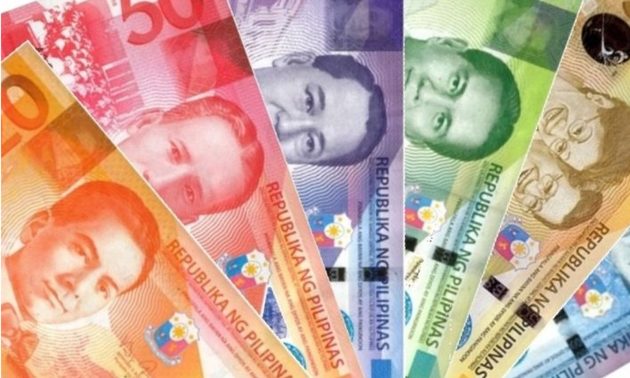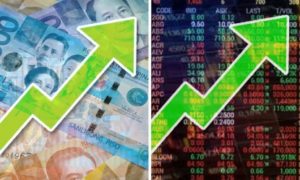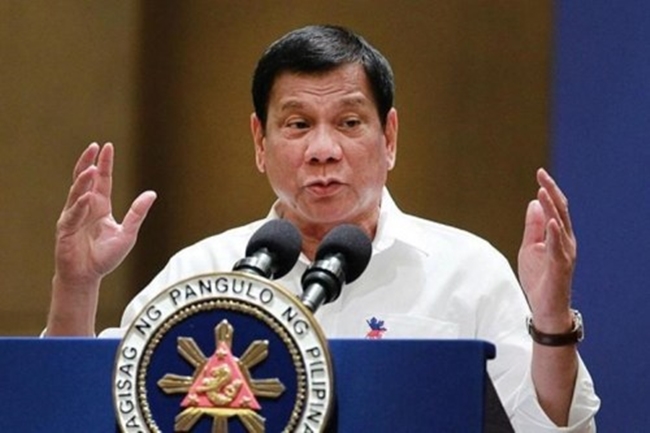The Philippine peso has defied a yawning current-account deficit to emerge as Asia’s best-performing currency in February. And it may continue to surpass its peers.
Peso bulls say record remittances, rising investment and a buoyant domestic economy will propel further gains in the currency. Easing inflation could also lend a hand, as higher real yields burnish the appeal of Philippine bonds.
The peso is among Asia’s biggest turnaround stories, as the currency bounced back from a 13-year low after a slew of economic reforms and a $170 billion infrastructure spending plan revived sentiment. Proactive central bank policy has also helped win over skeptics.
“The peso has been stronger recently and could continue to outperform in the region, amid sustained net foreign portfolio investments on a widely expected further declining trend of local inflation,” said Mike Ricafort, economist at Rizal Commercial Banking Corp. in Manila.
The Philippine currency strengthened 0.8 percent in February to 51.70 per dollar, the best performance among Asian currencies. It has climbed since the start of the year, as a pause in Federal Reserve tightening and easing global trade tensions fueled demand for developing-nation assets.
The peso was among the hardest hit in the emerging-market sell-off last year, tumbling to a 13-year low of 54.41 in October as investors punished economies running current-account deficits.

Technicals back the case for further peso gains. The dollar-peso currency pair remains in a bear trend, hovering above initial support at 51.90, its Feb. 13 low. The pair’s slow stochastics, a momentum indicator, signals it may drop further in the near term, with the %D line reading 43 and falling.
Sentiment toward the peso has recovered even after the central bank forecast the nation’s current-account deficit will widen to 2.3 percent of gross domestic product in 2019, the biggest shortfall since 2001. The recent rebound in crude prices threatens to worsen the gap, as the Philippines imports almost all its oil requirements.
Investors are betting on the peso after foreign investment into Philippine stocks and bonds recorded a net inflow of $763 million in January, more than four times the level a year ago. Remittances from Filipinos working abroad climbed to an all-time high of $2.85 billion in December.
Inflation data due March 5 could provide more fodder for peso bulls. Consumer-price gains may have eased to a one-year low of 4.0 percent in February, according to a Bloomberg survey of economists on Friday afternoon, and within the central bank’s target band of 2 to 4 percent. Price pressures have waned since touching a nine-year high in September, thanks to government measures to boost food supplies.
Read more fro the source: bloomberg.com
Comments





























